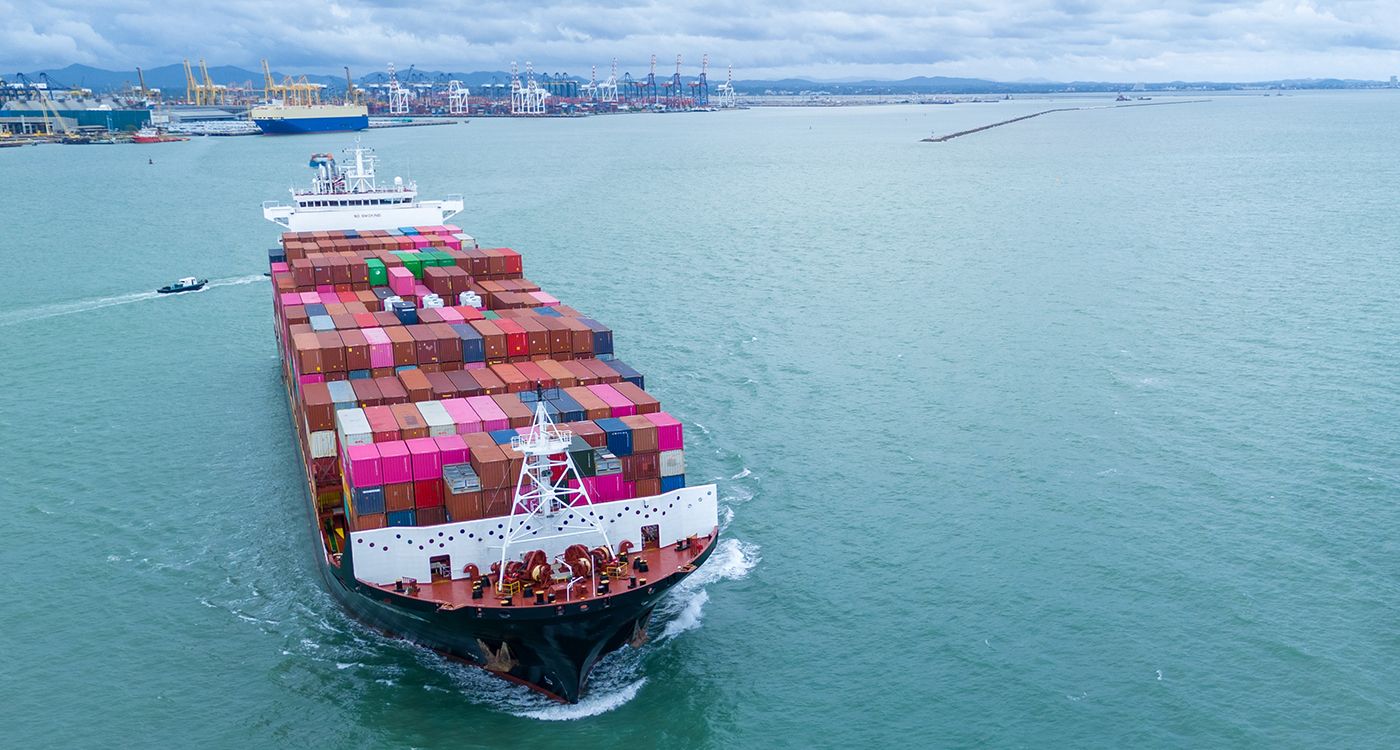
If there is one thing on which the vast majority of serious economists agree, whether they lean politically left or right, it is that free trade and commerce are beneficial to a nation. Yet, this truth is being contested today. Trade deficits are generating a lot of ink in the media, and they are being used to justify counterproductive policies. Behind this controversy lies a fundamental confusion between symptoms and causes.
A Piece of a Larger Puzzle
Before demonizing or defending the trade deficit, it is essential to understand exactly what it is. The trade balance is simply the difference between a country’s exports and imports of goods. When a country imports more goods than it exports, it records a trade deficit. However, this figure only tells part of the story.
In 2023, the US trade deficit was around $773 billion, or 2.9% of its GDP. For France, the deficit was €100 billion, representing nearly 3.6% of its GDP. In reality, the trade balance is part of a broader picture: the current account. In addition to trade in goods, this includes services (such as tourism or banking services), income from foreign investments (dividends, interest) and current transfers (such as remittances from expatriates). Therefore, the deficit or surplus of the current account reflects not only traded goods, but also the financial movements related to services and income.
But the current account is not the full picture. It is one of the two main components of the balance of payments, an accounting document that tracks a country’s entire economic exchanges with the rest of the world. The other major component, often ignored by the general public, is the capital and financial account, which records capital movements: foreign investments, securities purchases, international borrowing, etc.
A Deficit That Hides a Surplus
Here’s the key: a deficit in the current account (and thus the trade balance) is automatically offset by a surplus in the capital and financial account. This is an unavoidable accounting relationship. If a country imports more than it exports, it must finance this difference by obtaining foreign currencies and attracting foreign capital—meaning other countries invest in its economy, buy its bonds, deposit money in its banks or acquire national assets.
Therefore, a trade deficit is not synonymous with impoverishment, it can just as well reflect the confidence of foreign investors in the country’s economy. For example, the United States has been running chronic trade deficits for decades, yet its economy remains one of the most attractive in the world for capital.
Bilateral Deficits Are Meaningless
Another common mistake is using bilateral trade balances (for example, the US trade deficit with China) as indicators of economic problems. But the world has more than two countries, and a deficit with a trading partner tells us almost nothing about a country’s overall financial position.
Global supply chains complicate the situation even further. Traditional trade statistics are reported on a “gross” basis, meaning the total cost of an imported good is attributed to the country it is shipped from, even if the good contains parts and materials from many other countries. An iPhone imported from China is entirely attributed to China in trade statistics, even though the majority of its value is produced elsewhere.
Ultimately, far from being a mere accounting indicator, the trade deficit reflects the complex balances between domestic consumption, foreign investment and integration into global value chains. The best response is to remove barriers to trade, simplify taxation, ensure legal security and allow each business to exploit its comparative advantages. By freeing trade and strengthening competition, innovation is stimulated, exports are diversified and healthy and sustainable growth is ensured. This is, in fact, the formula behind the prosperity of market economies.





Comments